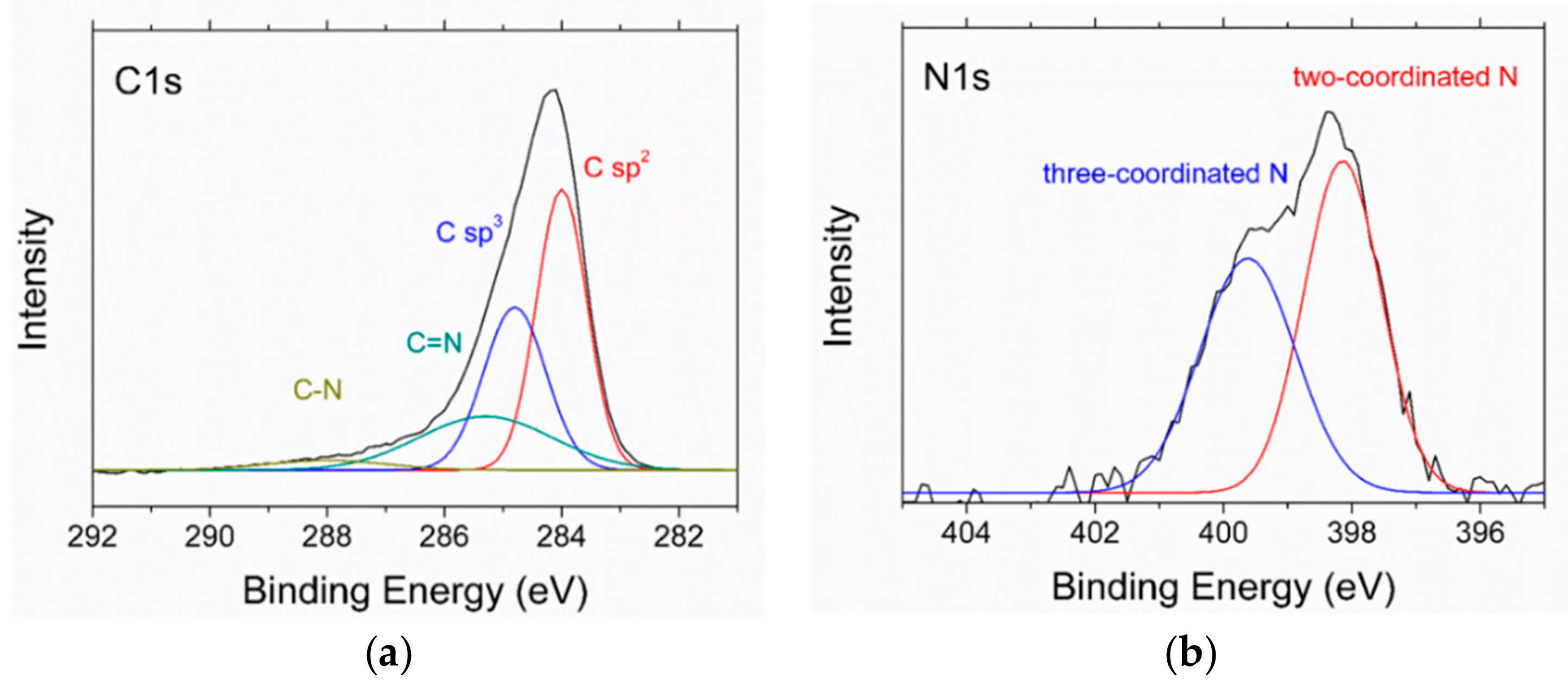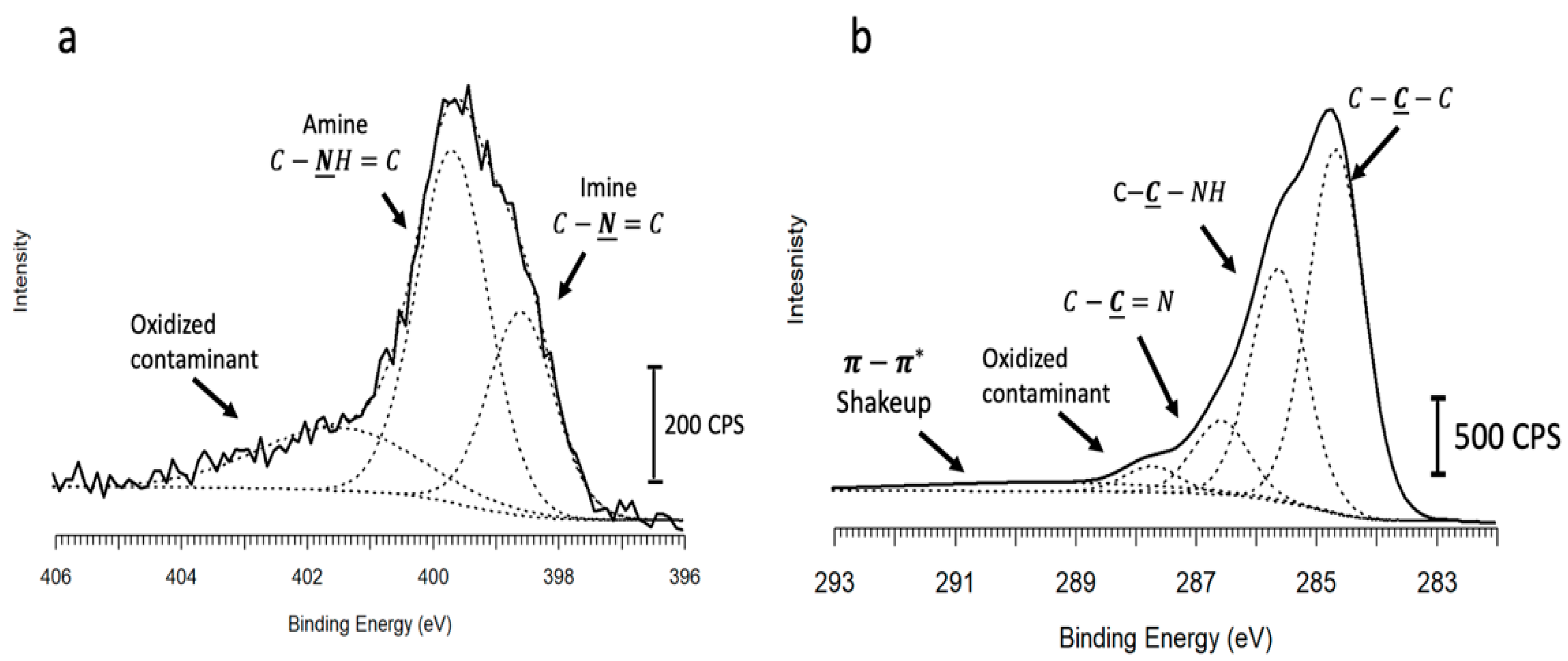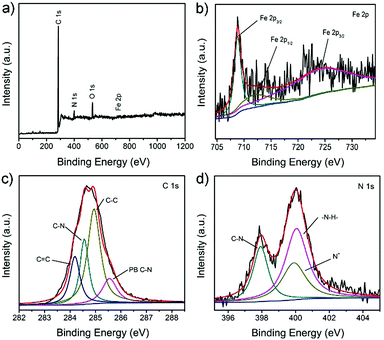
J Vac Sci Technol A 38:031002įigueras M, Villar-Garcia IJ, Viñes F, Sousa C, Peña O’Shea VA, Illas F et al (2019) Correcting flaws in the assignment of nitrogen chemical environments in N-doped graphene. Carbon 122:694–701Īrtyushkova K (2020) Misconceptions in interpretation of nitrogen chemistry from X-ray photoelectron spectra.

Yamada Y, Gohda S, Abe K, Togo T, Shimano N, Sasaki T et al (2017) Carbon materials with controlled edge structures. Wang H, Maiyalagan T, Wang X (2012) Review on recent progress in nitrogen-doped graphene: synthesis, characterization, and its potential applications. Yasuda S, Yu L, Kim J, Murakoshi K (2013) Selective nitrogen doping in graphene for oxygen reduction reactions. Jeong HM, Lee JW, Shin WH, Choi YJ, Shin HJ, Kang JK et al (2011) Nitrogen-doped graphene for high-performance ultracapacitors and the importance of nitrogen-doped sites at basal planes.

Guo D, Shibuya R, Akiba C, Saji S, Kondo T, Nakamura J (2016) Active sites of nitrogen-doped carbon materials for oxygen reduction reaction clarified using model catalysts. Graphical abstractīianco A, Chen Y, Frackowiak E, Holzinger M, Koratkar N, Meunier V et al (2020) Carbon science perspective in 2020: current research and future challenges. Besides, it was revealed that the peak at 400.1 eV originated from T–N on 5-membered rings or 7- and 5-membered rings, but not pyrrolic N because graphite including no hydrogen was used for analysis. The peaks at 400.1–401.2 eV were determined to be T–N, but not Q–N by analyzing graphitized polyimide (with the oxygen content of 0.01 at% or lower and the hydrogen content of 0 at%) using Raman spectroscopy, XPS, X-ray diffraction, total neutron scattering, elemental analysis, and molecular dynamics simulation. In this work, it was clarified that one of the reasons for the prevailing ambiguous assignments is the presence of N in heptagonal and pentagonal rings. 400 eV has been assigned as pyrrolic N, but the presence of N–H is generally not confirmed. 401 eV as Q–N or graphitic N, whereas raw materials in most of those works contain neither counter anion nor halogen. However, reported assignments of (1) graphitic nitrogen (N)/substitutional N, quaternary N (Q–N), or tertiary amine (T–N) and (2) pyrrolic N/secondary amine or T–N are questionable. XPS methods can be used as a practical tool to analysis the nitrogen functional groups of sewage sludge, which can reflect the real content of nitrogen of different forms.X-ray photoelectron spectroscopy (XPS) is among the most powerful techniques to analyse structures of nitrogen-doped carbon materials.

Based on the the experimental data obtained from elemental analysis and spectrophotometry method, the optimum parameters of curve fitting method were decided: background type: Tougaard, FWHM 1.2, 50% Lorentzian-Gaussian. According to the result, the N1s spectra curve can be resolved into 5 peaks: pyridine-N (398.7☐.4eV), pyrrole-N(400.5☐.3eV), protein-N(400.4eV), ammonium-N(401.1☐.3eV) and nitrogen oxide-N(403.5☐.5eV). In this study, XPSpeak 4.1 was used to investigate the functional forms of nitrogen in sewage sludge, peak fitting method was adopted and the best-optimized parameters were determined.

Thermal decomposition method is regarded as an important route to treat increasing sewage sludge, while the high content of N causes serious nitrogen related problems, then figuring out the existing form and content of nitrogen of sewage sludge become essential.


 0 kommentar(er)
0 kommentar(er)
